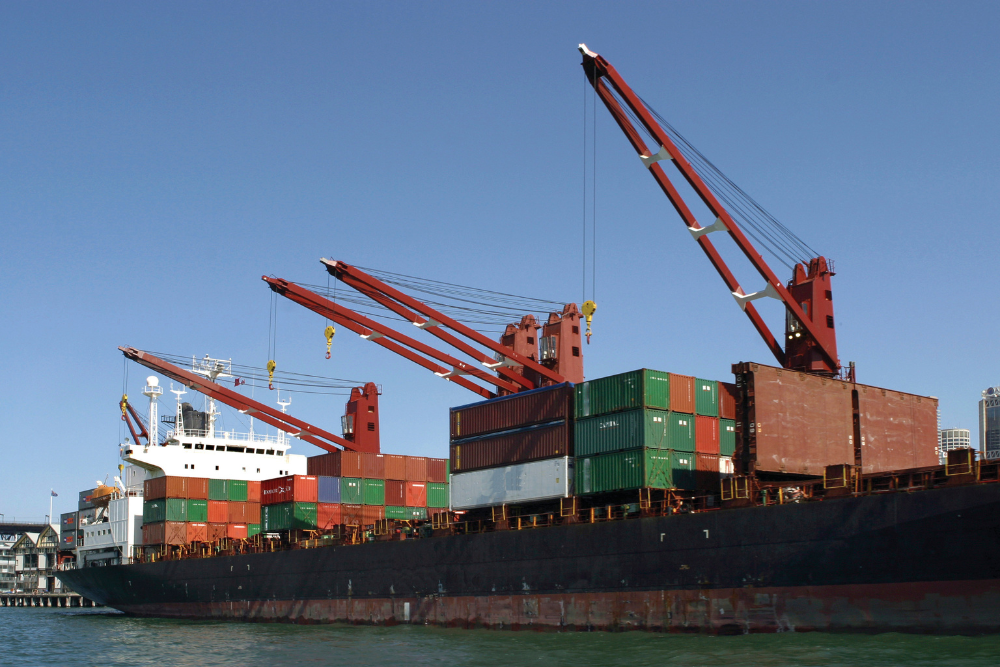Saturday, 18 October 2025
Australia exports $80Bn agri and food products in 2023
China remains Australia’s largest single export market, worth approximately $17 billion in 2022-23 Australia exported $80.4 billion in agriculture, fisheries and forestry (AFF) products in the 2022–23 financial year –…

China remains Australia’s largest single export market, worth approximately $17 billion in 2022-23
Australia exported $80.4 billion in agriculture, fisheries and forestry (AFF) products in the 2022–23 financial year – a record high, and a 17 per cent increase on the previous year. Record crop production in 2022-23 coincided with an increase in demand for Australian grain due to global supply disruptions and increased prices, allowing significant gains for Australian farmers. Exporters benefited from decreasing input costs compared to the first half of 2022, including easing costs for fertiliser and freight.
China remains Australia’s largest single export market, worth approximately $17 billion in 2022-23. The market share of other Asian markets continued to grow, particularly for fast-growing economies in the Association of Southeast Asian Nations (ASEAN) ($19b). In 2022-23, ASEAN’s share of Australia’s AFF exports reached a record high (23 per cent). Japan ($6b) and the Republic of Korea ($5b) also grew their market share.
The value of exports to India increased by +106 per cent on the previous year after the Australia-India Economic Cooperation and Trade Agreement (ECTA) entered into force in December 2022. Tariff benefits under ECTA were a key factor – however, currency fluctuations and movements in global markets also played a role. The leading commodities were lentils (+220 per cent) and cotton (+199 per cent). The cotton quota under ECTA was fully utilised in the 2023 calendar year and the elimination of the 30 per cent tariff saw sheep meat exports to India surpass $1 million for the first time. ECTA also saw substantial increases in Australian almond, orange/mandarin, broad bean, and seafood exports.
Technology
Julius Meinl introduces industrially compostable capsules
Oct 17, 2025 | Beverages
Engineering Nutrition: Marico’s R&D Push to Redefine Everyday Wellness
Oct 17, 2025 | Food
Quantum leap to tackle Australian food security and student wellbeing
Oct 16, 2025 | Australia
Food Testing
ADM advances quality capabilities with opening of new Central Milling Laboratory
Oct 16, 2025 | Company News
South Australia now tomato virus free
Oct 13, 2025 | Australia
Inside Agilent’s Strategy to Make India Global Benchmark in Food Testing
Oct 10, 2025 | Food Safety and Testing
More Popular
South Africa’s Premier Group to acquire RFG Holdings
Oct 17, 2025 | Africa
Julius Meinl introduces industrially compostable capsules
Oct 17, 2025 | Beverages
Nestlé accelerates growth strategy with RIG-led investments and cost optimisation plans
Oct 17, 2025 | Company News






